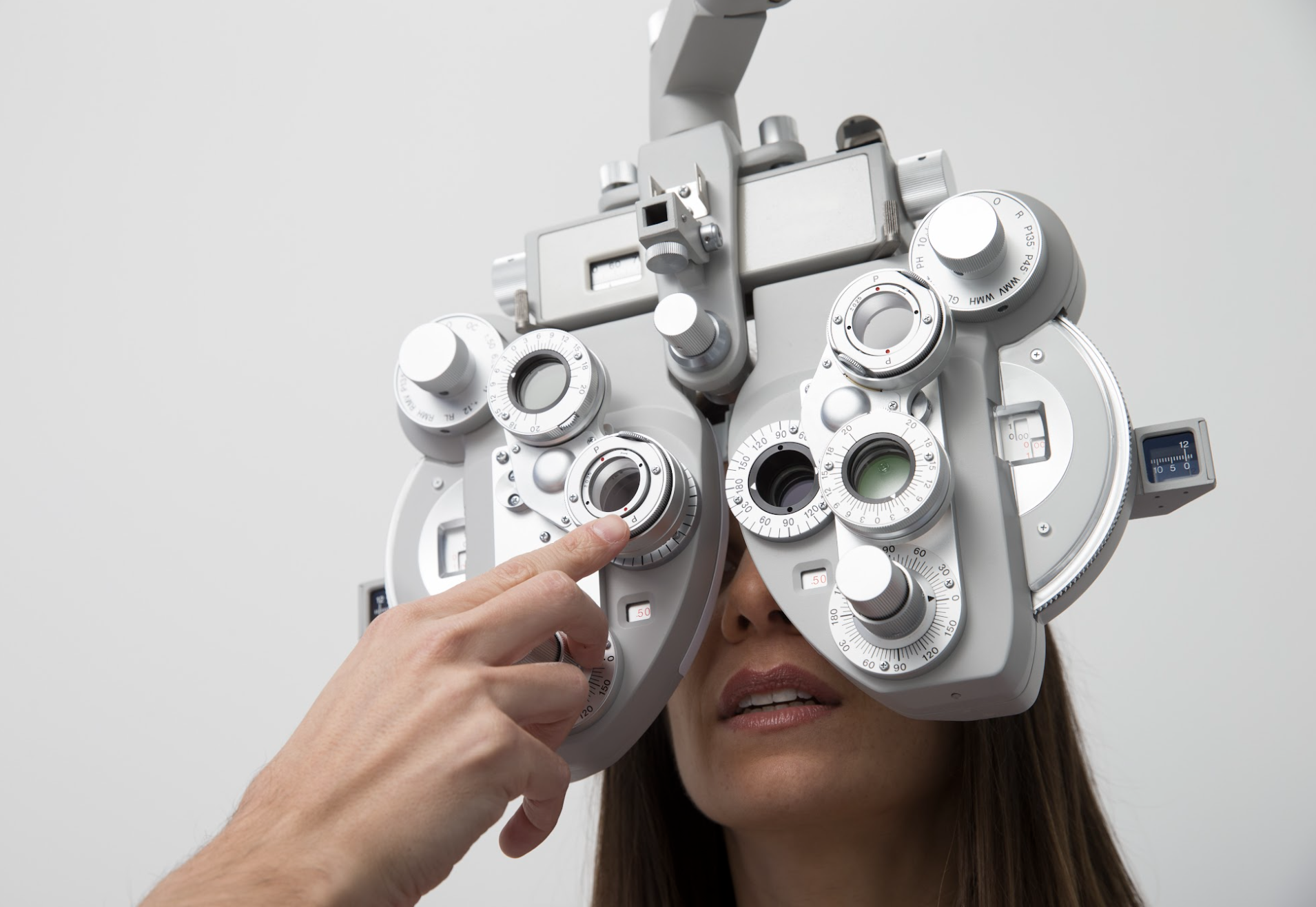 |
| The Northeastern United States may be less economically disadvantaged than the rest of the country, likely accounting for the lower disparity observed between this region and vision difficulty prevalence. Photo: Getty Images. |
Researchers investigating vision difficulty as it relates to social determinants of health recently looked at the National Health Interview Survey (NHIS), an annual survey based on the adult US population. The 2021 NHIS database was used, providing details on self-reported demographics, socioeconomic factors, health status and healthcare access.
Of the 29,464 individuals included in their analysis, the researchers found increased odds of self-reporting vision difficulty among those who were female, gay, lesbian or bisexual, as well as those with public vs. private insurance, less than a high school education and income below the poverty threshold. Increased risk was also found for non-Hispanic Black individuals after multivariable analysis. Other factors included age, race, sex, sexual orientation, health status, disability, insurance coverage, region of residence and cost-related delays for medical treatment.
Some of the factors found to increase vision difficulty risk are consistent with previous literature, as was the case with female prevalence. Women experience a greater degree of vision impairment and blindness than men globally, and this may be caused by biology, cultural norms, service access, life expectancy and mental health status.
Similarly, those who identified as gay, lesbian, bisexual or something other than straight also experienced greater vision difficulty rates. Health disparities have been outlined in recent years by research demonstrating that homosexual populations can have difficulty accessing healthcare services due to heteronormative attitudes imposed by professionals. This is compounded by sexual minorities reporting lower healthcare use and greater rates of delayed health care and medical tests. However, after controlling for depression and anxiety, the association between vision difficulty, sex and sexual orientation was not significant. This may indicate, as the study authors explained in their paper for American Journal of Ophthalmnology, that “mental health difficulties may be mediators in the association between vision difficulty and certain social determinants of health.”
An independent relationship was determined to exist between race and vision difficulty, as seen with non-Hispanic Black participants reporting greater vision difficulty. The researchers noted that identifying as Black may predispose individuals to poorer vision through pathways other than income status, education and healthcare access. Factors that might explain the relationship may include higher risks of medical comorbidities for Black Americans, as is the case with diabetes and hypertension.
Income level has been previously linked to vision impairment and reduced eyecare use, accounting for the relationship seen between lower poverty threshold and higher vision difficulty. Vision difficulty related to insurance status may be seen due to financial requirements needed to obtain public insurance like Medicaid. Other factors might be health insurance literacy and decreased care access for public insurance holders.
Region of residence also displayed an impact, with the South, Midwest and West all displaying more vision difficulty than in the East in the United States. The authors explained this must partially be caused by income and socioeconomic status, evidenced by prior research indicating the South and Midwest have higher poverty rates than the East.
The authors concluded that “our findings emphasize the importance of considering social determinants of health factors in clinical practice and policymaking for patients with vision loss.”
Moayad L, Zajner C, Popovic MM, et al. Association between sociodemographic factors and vision difficulty in the National Health Interview Survey: a population-based analysis. 2023. June 19, 2023. Am J Ophthalmol. [Epub ahead of print]. |

